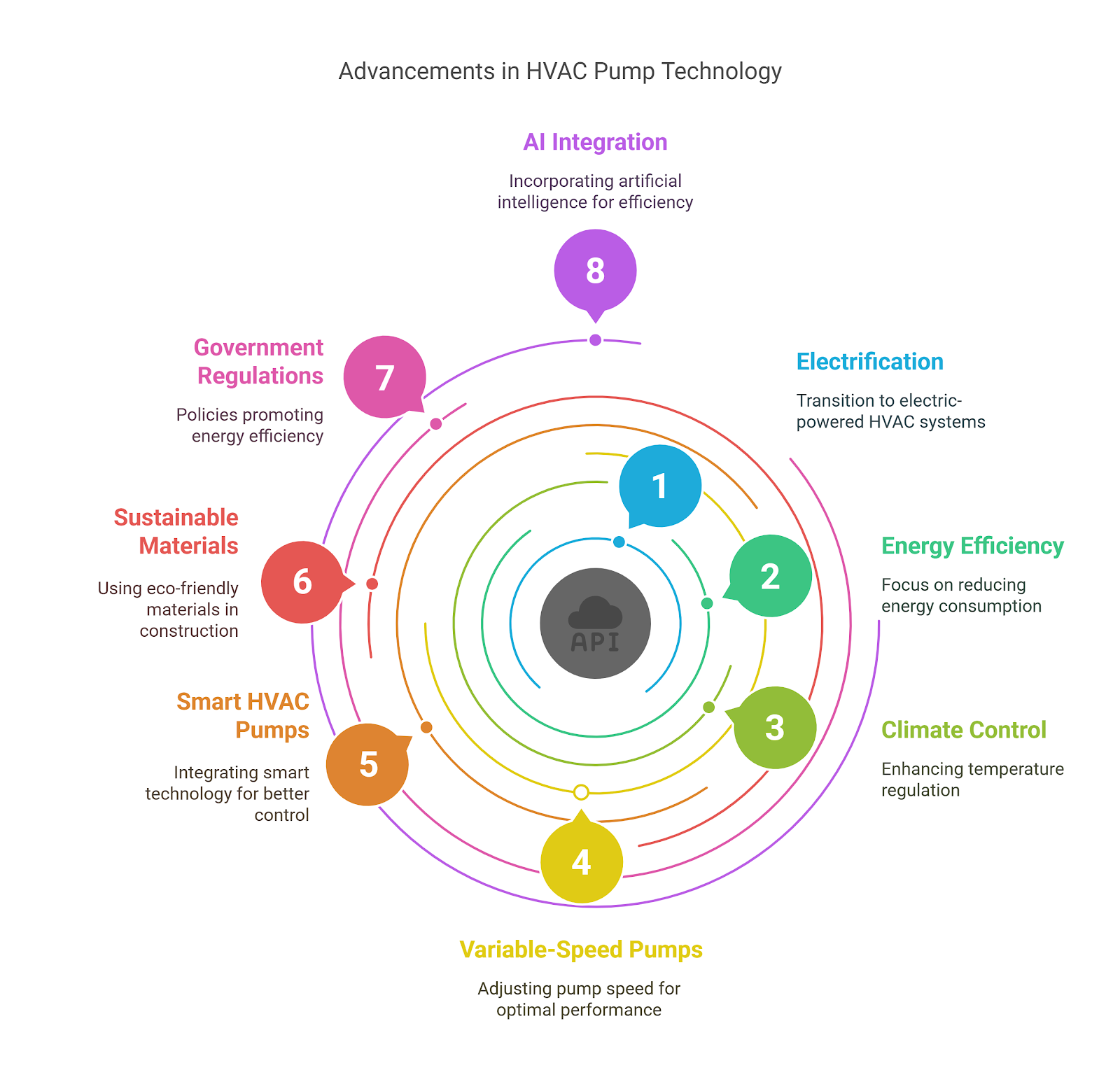The Contribution of Greenhouse Heaters to the Future of Agriculture
Greenhouse heaters are the machines used to keep the right temperature in greenhouses. These heaters create a controlled environment for plants to grow throughout the year, even when the weather changes outside. Maintaining the optimal temperature is essential for plant cultivation in greenhouses, especially during colder seasons. Moreover, these heaters keep the warmth in the greenhouse and protect plants from frost, which allows crops to grow for a longer period, also making it easier to grow different kinds of plants. The global greenhouse heaters market accounted for $1.8 billion in 2021 and is anticipated to reach $3.2 billion by 2031, growing at a CAGR of 5.9% from 2022 to 2031.
Why greenhouse heaters are growing with advanced farming techniques
One of the major factors that drives growth of the industry is the rising demand for greenhouse cultivation. With a stable environment, farmers are able to grow good-quality crops throughout the year, in any climate. In addition, greenhouses offer a sustainable method of agricultural production in response to increasing population and growing food demand. The growing desire for greenhouse farming, the need for these systems are likely to grow in the future.
Another factor that contributes to the growth of the sector is technological advancements. These improvements include the creation of effective and efficient heating systems, also new technologies help to lower the cost of greenhouse heating. The upgrade of solar-powered heating systems lowers operating costs, and the use of innovative insulation materials enhances the overall efficiency of greenhouse heating. These new technologies are expected to keep boosting the growth of this industry in the coming years.
Support from the government for greenhouse farming helps the greenhouse heater industry grow. Governments around the world are becoming aware of the advantages of greenhouse farming and are offering financial and other support to farmers to adopt this technology. These initiatives include grants, tax breaks, and loans. Moreover, governments are prioritizing research and development to boost the effectiveness and resource efficiency of greenhouse systems.
How heat pumps are driving the transition to clean energy
Energy is important for homes, schools, and hospitals, but its production leads to emit a lot of greenhouse gases. Therefore, leading economies work to reduce their dependence on non-renewable energy and gradually adopt renewable sources to lower greenhouse gas emissions. Heat pump technology is an effective method to lower greenhouse gas emissions. Geothermal and aerothermal heat pumps provide an energy-efficient approach for heating spaces.
The adoption of heat pumps continues to grow in North America, particularly in the United States, due to factors such as government tax credits, equipment availability, climate conditions, and supportive regulations. Governments in the region also monitor heat pumps to improve energy efficiency. The U.S. Department of Energy set a fan energy rating to ensure residential furnace fans to meet minimum airflow efficiency standards.
To sum up
The greenhouse heater industry is expected to experience rapid growth in the future, with the rising food demand, emerging technologies, and strong government support. Greenhouse heaters play a key role in modern farming by helping the plants grow all year round in any weather. In addition, the world is rapidly adopting clean energy, and efficient heating systems like heat pumps also support this growth, making greenhouse farming more sustainable and effective.
Visit Us:

Comments
Post a Comment